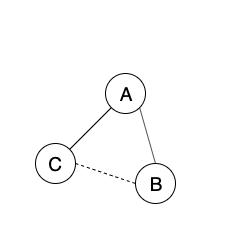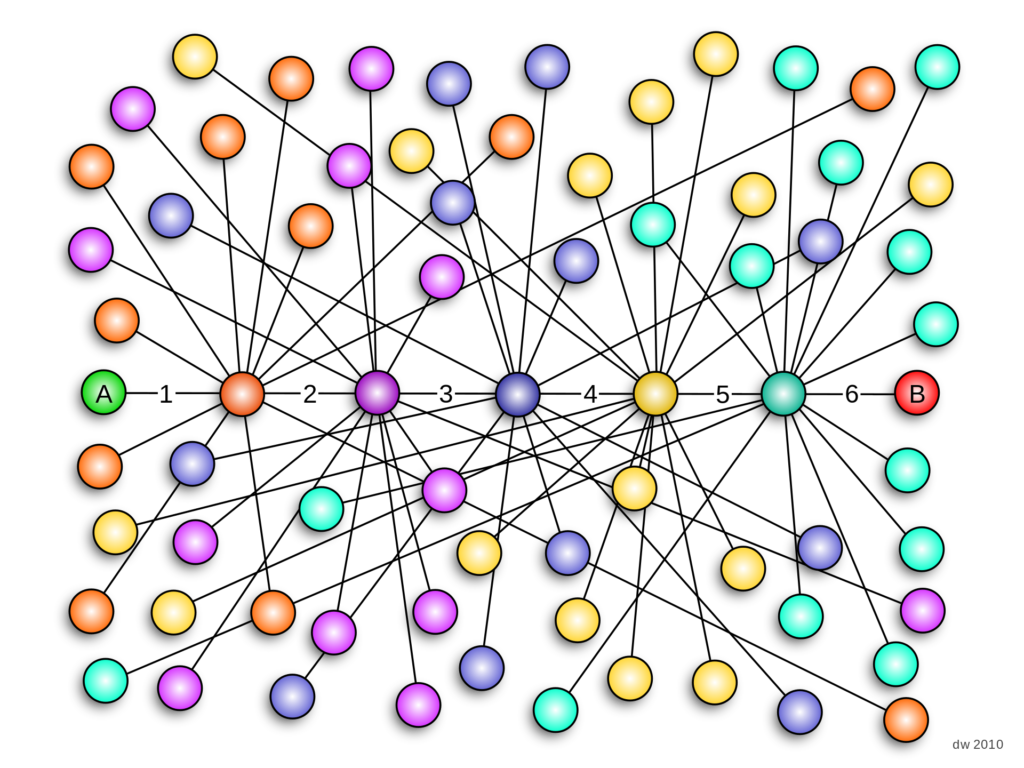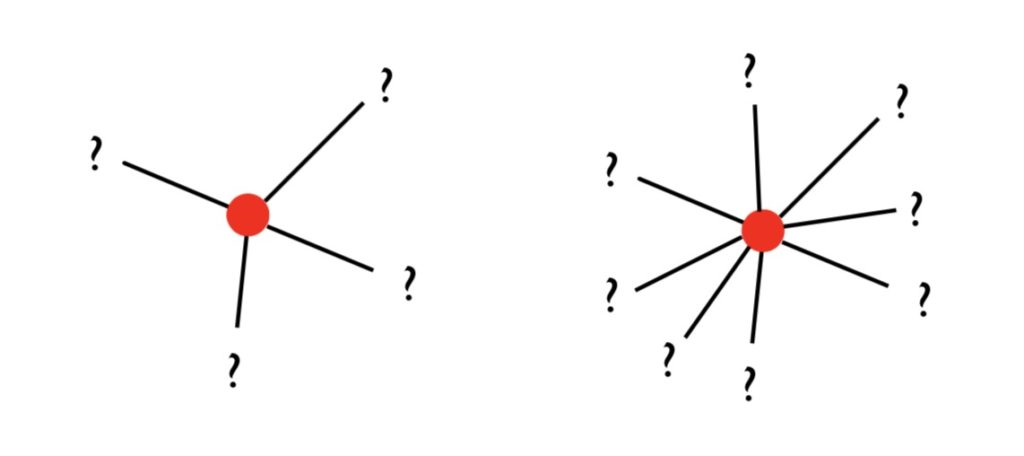The news article I will be discussing is headlined “Facebook Tests Hiding ‘Likes’ on Social Media Posts”. To summarize, Facebook began an experiment in Australia on September 26, 2019 where Likes, video view counts, and other similar metrics found on posts became hidden to users other than the original poster with the goal of reducing the significance of such measurements. In order to see if they are succeeding in improving users’ overall experience using their application, Facebook will be studying whether users would continue to comment and Like posts even when the numbers are not visible to them. An example of this can be seen in the picture provided below. Considering that the experiment is still ongoing, I will be considering three possible results that came to mind and how they relate to the material taught in the course CSCC46: Social and Information Networks. The cases that will be discussed are whether people will leave Likes and comments more often or less often, while we will not be going too far into detail about the trivial case, where there may simply be no significant changes to users’ behaviour.

As was mentioned in lectures several times, social media applications including Facebook have many different graphs in their backend that represent friendships, pages Liked, etc. These graphs are used to perform analysis to improve the application’s services such as friend recommendations and targeted advertisements.
Thus, as a result of the experiment, it is possible that users start to leave Likes and comments on posts that they otherwise would not have. For example, if a post already has thousands of comments on it, a user may decide not to leave a comment since they may think that their comment would not contribute anything to the discussion if they are too late to the post. However, if users do not know this quantity, then they may start leaving comments on posts whenever they feel like it without hesitation. This would likely lead to more connections being formed not only in real life, but in Facebook’s backend as well. Although there may be no significant immediate effect, if Facebook decides to keep the numbers hidden in the future, then there will definitely be a difference in their graphs than if they did not conduct the experiment at all. For example, although more connections may be found, a good chunk of these would likely be weak ties and some may even be negative edges, but communities would be larger in general. This change in their graphs may lead to the outputs of their machine learning and graph-related algorithms to be changed as well. For example, users may start to get more (possibly inaccurate) friend recommendations as well as advertisements for a wider variety of products.
Conversely, the experiment may lead to users to start limiting the amount of Likes and comments they leave on posts. For example, a user may start only wanting to leave Likes and comments on friends’ posts only. In this case, less connections would be formed, causing the communities found in the graphs to be more tightly-knit with more strong ties and positive edges. This may result in the previously mentioned algorithms to seem smarter since they would be more accurate in tracking our behaviours and interests. Also, let us not forget that it is possible that Facebook is selling our data, which could potentially lead to a difference in users’ experiences while using other applications as well.
In conclusion, although Facebook’s little experiment may seem trivial or insignificant, with further analysis, it has the potential to change users’ behaviour on their application. This could lead to a drastic change in the backend data as well as the services and content that people are exposed to not just on Facebook, but the other companies that they work with as well. However, it is possible that there could just be no real change in user behaviour; since this experiment is still in progress, we will see how this experiment goes but will not know the outcome until sometime in the future. Most of the ideas that were discussed here are hypothetical and are just my opinion, I happily welcome your thoughts and feedback. I also encourage you to read more into the articles referenced below if you are interested since all that was discussed here was a high-level summary and it also mentions how Instagram, another social networking service owned by Facebook, performed a similar experiment earlier this year with similar goals in mind.
Reference List:
Conger, K. (2019, September 26). Facebook Tests Hiding ‘Likes’ on Social Media Post – The New York Times. Retrieved September 27, 2019, from https://www.nytimes.com/2019/09/26/technology/facebook-hidden-likes.html
Hutchinson, A. (2019, September 27). Facebook Begins Hiding Total Like Counts on Facebook Posts in Australia | Social Media Today. Retrieved October 1, 2019, from https://www.socialmediatoday.com/news/facebook-begins-hiding-total-like-counts-on-facebook-posts-in-australia/563829/




